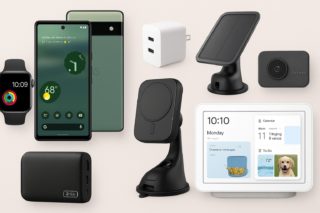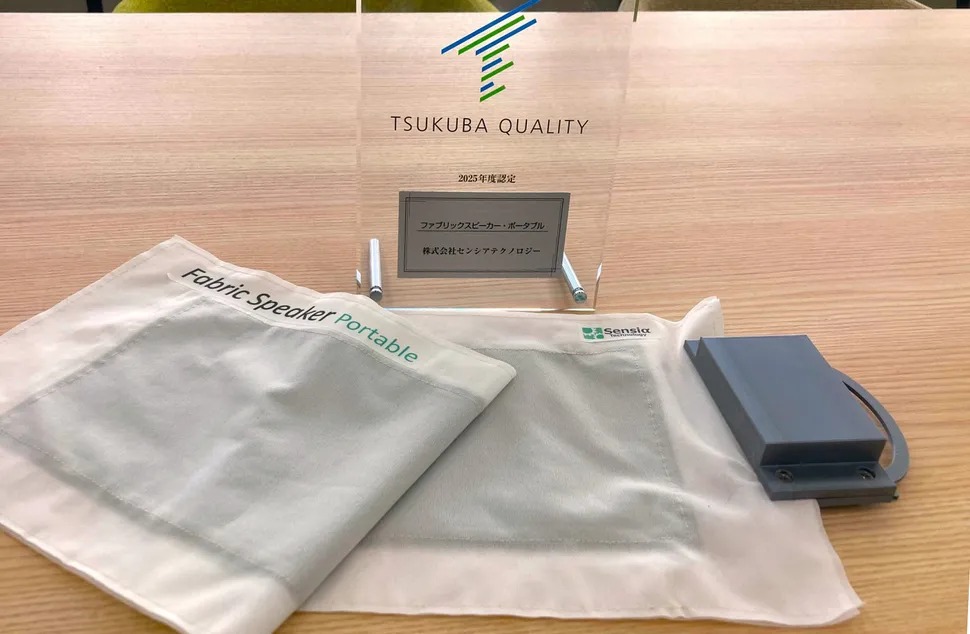Internal law enforcement briefings reveal forensic tools can extract data from most Pixel models—unless you’re running GrapheneOS.
Your phone holds your entire digital life, yet a leaked document shows how easily law enforcement can crack it open. A whistleblower known as “rogueFed” just exposed internal Cellebrite briefings revealing which Google Pixel models are vulnerable to the company’s phone-hacking tools, according to 404 Media.
The leaked presentation screenshot shows Cellebrite can extract data from Pixel 6, 7, 8, and 9 families across three critical phone states:
- Before first unlock (BFU)
- After first unlock (AFU)
- Fully unlocked
The BFU state—where your data stays encrypted until you first unlock after reboot—normally offers the strongest protection. Yet Cellebrite claims extraction capabilities in all states, though they can’t brute-force passcodes for complete device control.
GrapheneOS Changes Everything
The security-focused Android alternative makes Pixels nearly uncrackable.
Those same Pixel models running GrapheneOS tell a completely different story. The leaked table shows dramatically reduced extraction capabilities—devices in BFU and AFU states become essentially impervious to Cellebrite’s workflow. As of late 2024, even fully unlocked GrapheneOS devices resist data copying, limiting investigators to only what users can manually access.
GrapheneOS achieves this through rapid security patching, often shipping kernel fixes months ahead of Google’s official releases. The system patches vulnerabilities that Cellebrite actively exploits, including CVE-2024-53197, part of an active Cellebrite exploit chain.
Enhanced verified boot prevents downgrade attacks while advanced sandboxing restricts the attack surface that forensic tools depend on.
The Pixel 10 Exception
Google’s newest phone is notably absent from the vulnerability matrix.
Pixel 10’s absence from the leaked document isn’t coincidental. The device’s shift to eSIM-only architecture creates new challenges for law enforcement, since eSIM data can’t be copied like traditional physical SIM cards. This represents a meaningful privacy upgrade that goes beyond software protections.
The leak surfaced through GrapheneOS forums before gaining wider attention, highlighting how security-focused communities often spot these revelations first. For Pixel users concerned about data privacy, the message is clear: stock Android leaves you vulnerable to sophisticated forensic tools, while GrapheneOS transforms the same hardware into a fortress that even professional hacking tools struggle to penetrate.





























